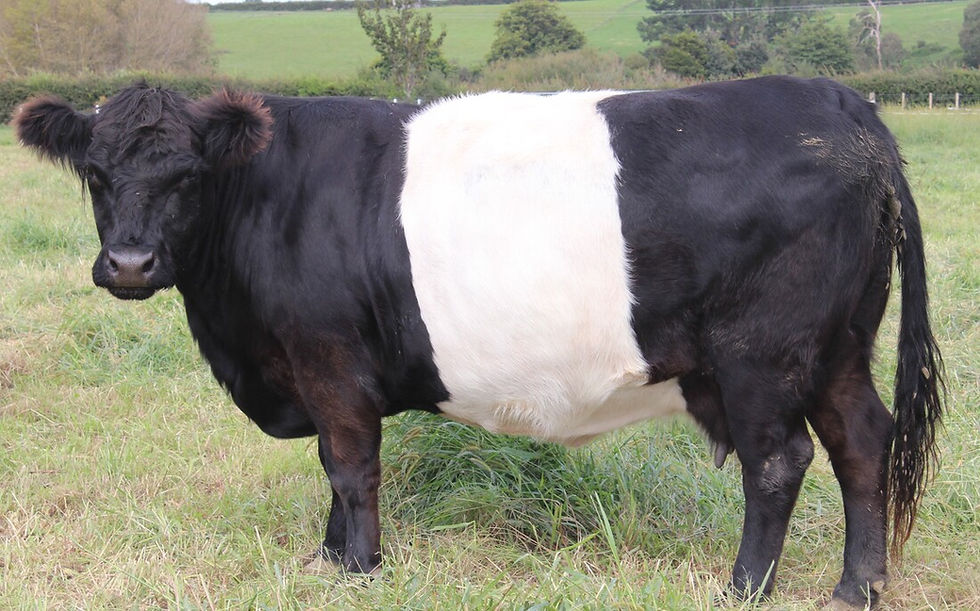Charolais
- Sharon Cain

- Aug 20, 2024
- 3 min read
What a memorable two weeks it has been as we celebrate the achievements of our athletes at the 2024 Olympic Games.
With 10 gold medals, which was our best result at any Olympic Games, New Zealand finished 11th on the medal table. With 20 medals in total and punching well above our weight, overall per capita, the Kiwis finished third!
And with that said, and the Para Olympics about the kickoff on August 28 with 195 athletes representing New Zealand, let’s learn about another French breed of cattle, The Charolais.
Originating from the old French provinces of Charolles and Nievre, by the sixteenth and seventeenth centuries, Charolais were popular in the markets around Lyon and Villefranche, used for draft, milk and meat.
It wasn’t until after the second world war, that the breed made its appearance in other countries around the world, beginning in 1950 with small exports to Brazil, Argentina and South Africa.
In 1962 the Director-General of Agriculture was in Europe and visited several Charolais studs as he pursued his interest in the breed. He approached the British authorities for an allocation of semen to be sent to New Zealand so that trials could begin at Ruakura Research Centre. Unfortunately, at that time there was a prohibition on exports, so the Government had to wait until that was lifted.
That happened three years later and the first Charolais semen was imported into New Zealand, confined only for experimental work at Ruakura.
This coincided with a visit to France by Jack Sutherland from Waimate, who was to have a big influence on the future of the breed in New Zealand. He was invited to attend Charolais sales and was impressed with what he saw. Determined to improve the beef breed in New Zealand, he applied to import semen but was declined by the Department of Agriculture who was proceeding cautiously due to opposition from some breeders around the dangers of introducing exotic diseases, such as foot and mouth.
However, Jack Sutherland refused to give up, so he supplied his cows to Ruakura for evaluation and was successful in obtaining an allocation of semen from the Government’s original importation.
This saw the launch of the Charolais here in New Zealand and it was the first new breed to be introduced since the Galloway in 1947.
In 1966, Mr Sutherland made his first commercial imports of Charolais semen and in 1967 he presented Charolais for the first time at an A & P show at Timaru.
In 1968 the NZ Charolais Cattle Society was established and between 1969 and 1981, 61 bulls and 302 female Charolais were imported from Great Britain.
Over the years the majority of the pure-bred cattle have been graded up using a French Charolais sire over a Friesian, Angus or Hereford cow. This has helped develop the breed to better suit the beef production systems used in NZ as well as adapting the breed to perform across various environments and farming conditions.
Charolais are a medium to large framed animal with a very deep and broad body, white in colour with a pink muzzle, and are horned.
They have a great ability to calve easily, which assists in selecting what bulls are suitable for mature cows and what bulls are suitable to use over dairy cows and well grown heifers and are also well suited to cross breeding.
Other great characteristics are their quiet temperament, making them easy to manage and their ability to fit into any system, whether it be grass based or intensive, along with their heavily muscled loins and haunches and high growth rates.
With these attributes, the breed has continued to prosper in NZ since its first introduction back in 1965.







